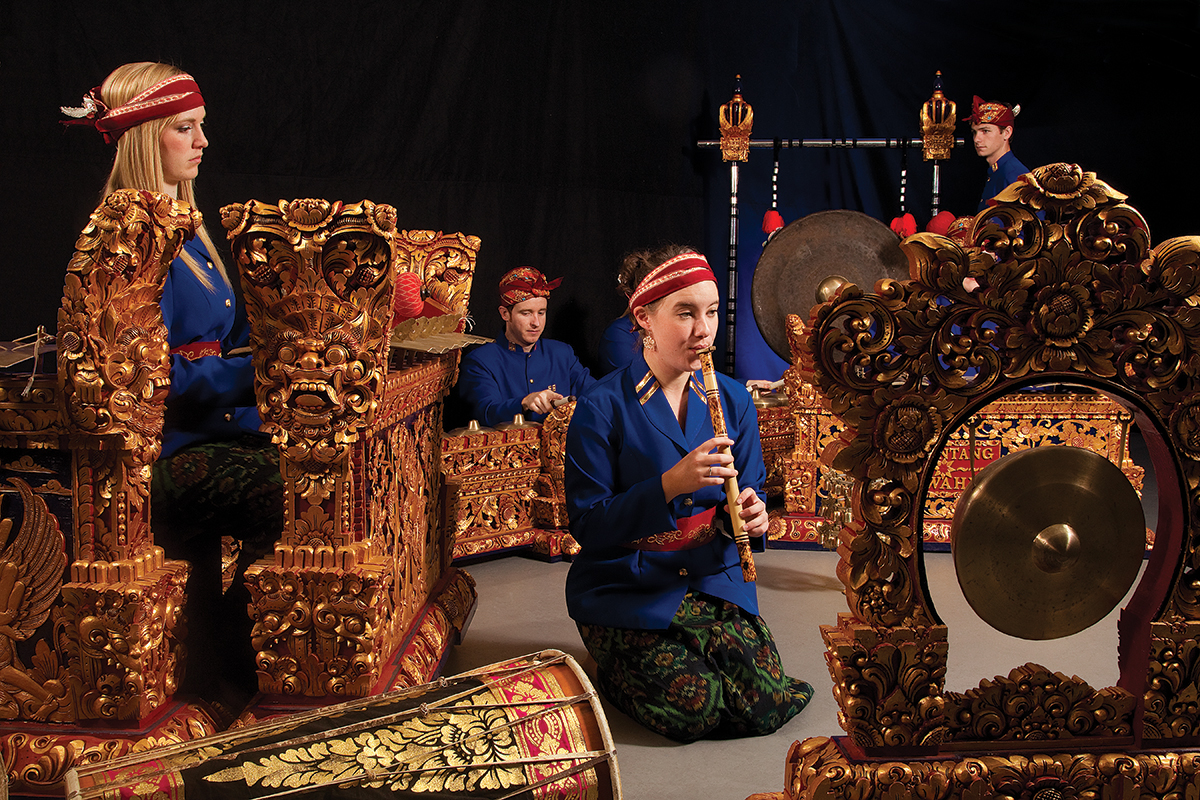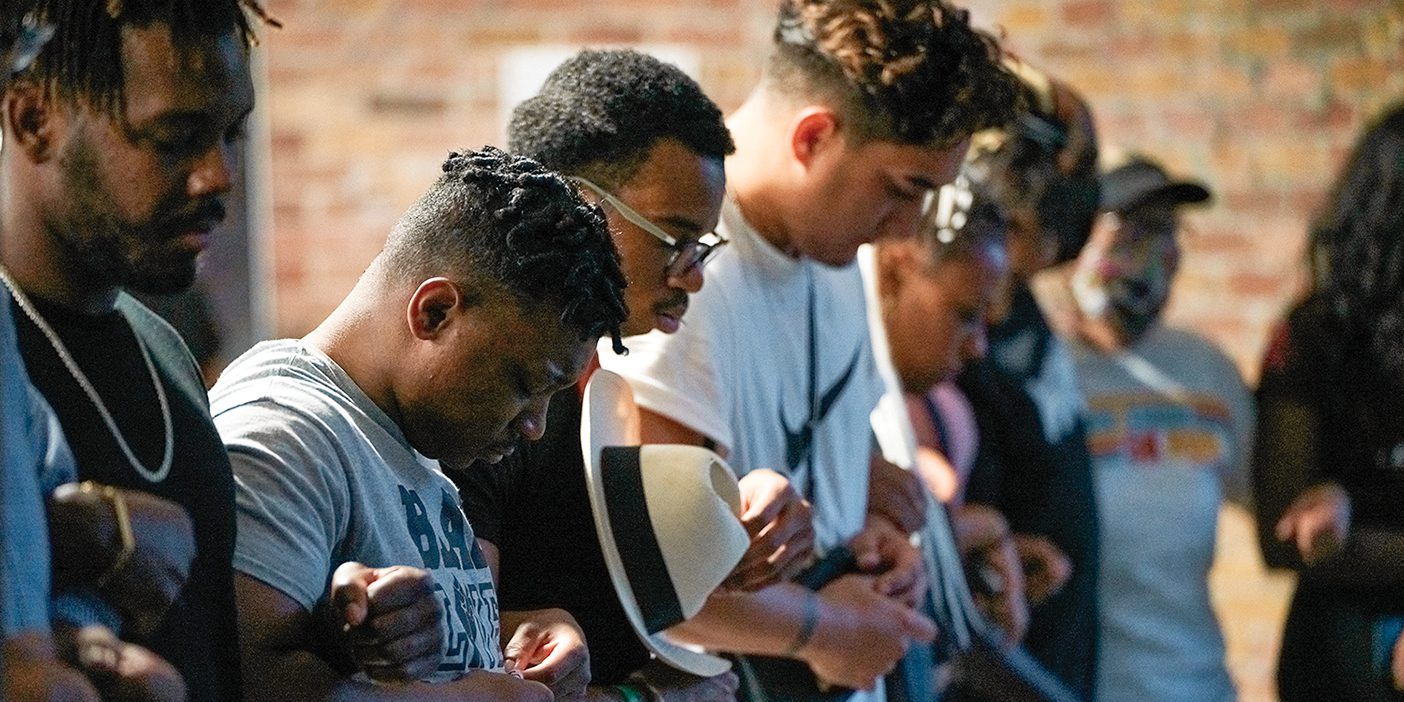The fully educated person is at home in intersections.
What we call the Renaissance, what we celebrate as the beginning of modernity, was actually a rerun, a 15th- and 16th-century sequel of a remarkable unfolding during the 12th and 13th centuries. In the luminescence of what we incorrectly call “the dark ages” sprouted one of mankind’s great creations, one that has endured 800 years and, gospel-like, has spread to every nation: the university.
In those times youngsters who knew enough Latin and figures to get along began their university studies with the trivium. These three ways to knowledge—the language arts of grammar, rhetoric, and logic—were the foundation of good thinking and good being, of virtue and beauty. One might productively and pleasantly spend a lifetime at this junction of ways (the tri-via) or move along to the four-fold way, or quadrivium: numbers (arithmetic), numbers in space (geometry), numbers in time (music), and numbers in time and space (astronomy). Music, with its perfect ratios in time, purified the spirit; geometry, ideally laying hold of those same ratios in space, made possible the construction of grand palaces for the soul—the great medieval churches; and astronomy set man in the center of a perfect and poetic cosmos in which orbiting planets hummed the harmonies of the musica universalis. The numbers of the quadrivium let you build things or sell things or calculate things, but they also pointed to God.
The trivium and quadrivium summed up the seven liberal arts of the medieval university. The desired outcomes of the curriculum were the noble and wise citizen (leaders of realms and enterprise) and the man of God. Education was scientific and salvific.
In modern universities we sometimes forget this brotherhood of studies. Some line up behind the liberal arts, claiming for them an intellectual purity unsullied by instrumentalism. Others want the sweat of the brow to yield bread you can actually eat and thus privilege the professions. But the arts and sciences, professions and theologies necessarily (if not always comfortably) coexisted in the earliest universities.
At BYU the liberal arts flourish at least in part from the central role of words in our faith. We worship the Word (John 1:1), and we depend on language arts to talk, preach, and write of Him (2 Ne. 25:26). The command to make the gospel available to each in his own tongue (D&C 90:11) drives the most comprehensive foreign language program in the country. While revelation was the fuel of the Restoration, language and art were its vehicle: the latter-day glory came forth in a torrent of words, poetry, music, and the visual languages of painting and architecture. We are admonished to “study and learn, and become acquainted with all good books, and with languages, tongues, and people” (D&C 90:15).
The fully educated person is intellectually empathetic—able to understand the reasons and reasoning of others—and is most at home in intersections. This is not only desirable in the pursuit of a life well lived, it is the best employment strategy for today’s evolving markets. At the BYU College of Humanities we invite students to live at the crossroads—to passionately, unapologetically, and expertly pursue their liberal-arts interests while also becoming fluent in the language of business, technology, or science. At the same time we invite the rest of campus to be passionate, unapologetic, and expert in engineering or math or accounting and join with us to become fluent in the conversation of mankind.
The first universities started in the arcaded cloisters (with a well in the center) of the cathedral schools, where faculty taught the ways (the three-fold trivium and four-fold quadrivium) leading to citizenship and prosperity, to salvation and eternity. BYU’s Joseph F. Smith Building, now a decade old, surrounds an arcaded plaza with a fountain in the center. A design on the ground plane centers on a sunburst pattern with rays that
emanate outward, a pattern derived from a 16th-century Michelangelo design now visible on the Capitoline Hill in Rome. It is a design that speaks of connections, dependencies, and relationships, centered always on an infallible source of light. The glory of God was intelligence, light, and truth in the 12th century—and today.
John Rosenberg is the dean of the BYU College of Humanities.









